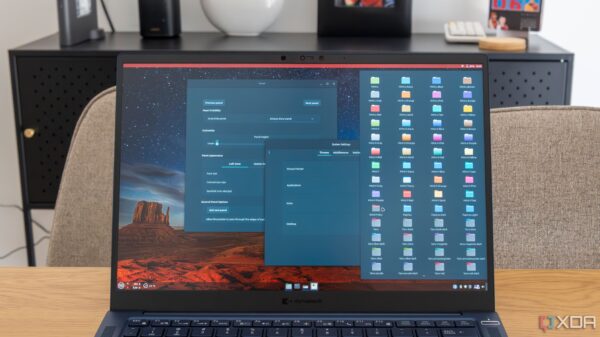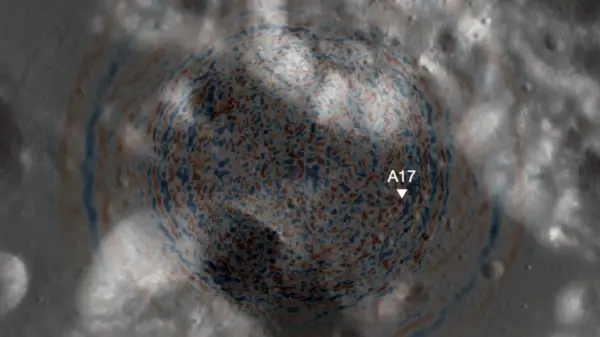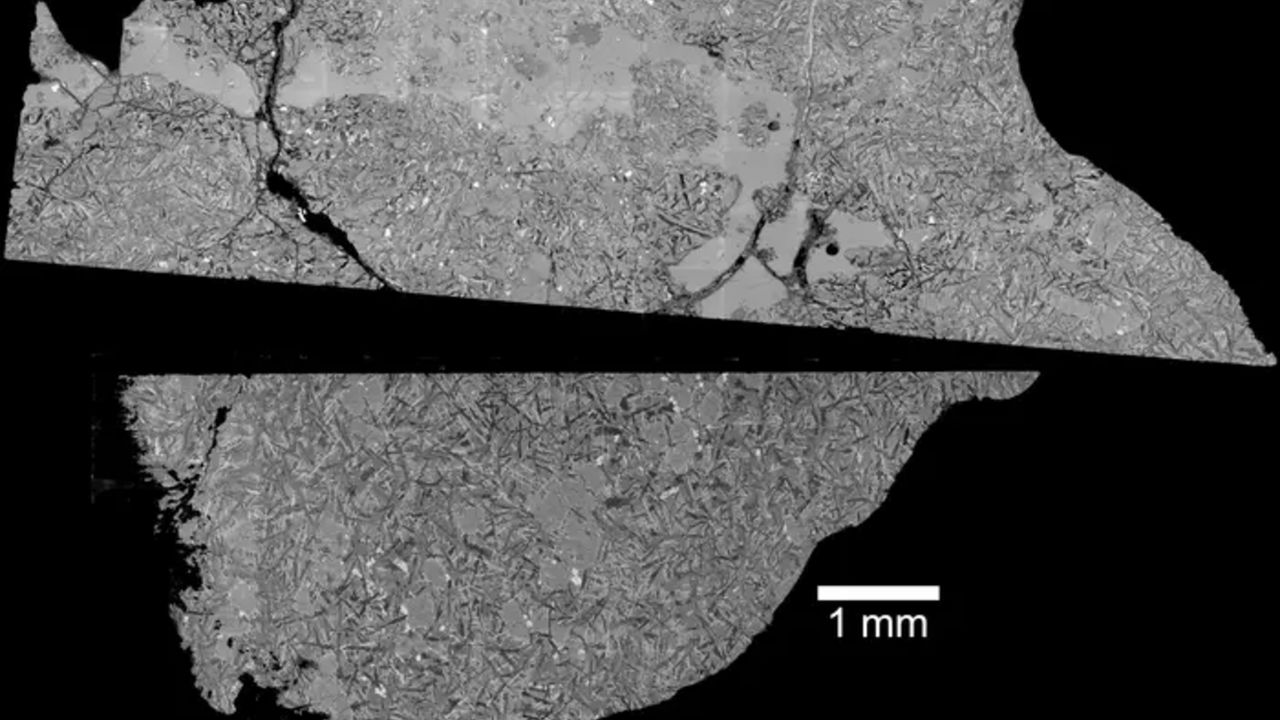A meteorite discovered in Africa, known as the Northwest Africa 16286, is providing scientists with unprecedented insights into the moon’s volcanic activity. This rare volcanic rock, weighing 311 grams, has been dated to approximately 2.35 billion years ago, a period during which little was previously understood about lunar history.
Lead researcher Joshua Snape from the University of Manchester announced that the meteorite’s age and composition indicate that volcanic activity on the moon persisted long after earlier eruptions had ceased. “Our analysis suggests an ongoing heat-generation process within the moon, potentially from radiogenic elements decaying and producing heat over a long period,” Snape stated. This finding helps to fill a nearly billion-year gap in the scientific understanding of the moon’s geological history.
Significance of the Discovery
The Northwest Africa 16286 meteorite is significantly younger than lunar samples collected during NASA’s Apollo missions, the Soviet Union’s Luna missions, and China’s Chang’e 6 mission, which date back between 3.1 billion and 4.3 billion years. In contrast, the rocks returned by Chang’e 5 are approximately 1.9 billion years old. The unique volcanic origin of meteorite 16286 is particularly noteworthy, as geochemical analysis indicates it formed from a lava flow that solidified on the moon’s surface.
Notably, the meteorite contains large crystals of the mineral olivine, along with moderate titanium and high levels of potassium. Its lead isotopes suggest a volcanic source deep within the moon, characterized by an unusually high uranium-to-lead ratio. This abundance of uranium, alongside the heat produced from its radioactive decay, could explain the continued volcanic activity on the moon long after its primary volcanic phases had ended.
Future Research Directions
The findings presented by Snape during the Goldschmidt Conference in Prague from July 6 to July 11, 2023, indicate that only 31 volcanic lunar rocks have been found on Earth, making this discovery particularly valuable. “Moon rocks are rare, so it’s interesting when we get something that stands out and looks different from everything else,” Snape remarked.
The research supports evidence that moon volcanism has not only continued but has been active in more recent geological history. The Chang’e 5 mission found similar evidence of volcanism on the moon’s far side, suggesting that geological activity has persisted up until the past 123 million years. These revelations are reshaping scientists’ understanding of the moon’s volcanic history and its geological activity.
The next phase of research will focus on identifying the meteorite’s exact origin on the moon. It is likely linked to a crater formed by an impact that ejected the meteorite into space. Pinpointing this location could provide crucial opportunities for future sample-return missions aimed at exploring lunar volcanism during this lesser-known period of the moon’s history. The insights gained from such missions could further illuminate the complexities of the moon’s geological evolution.





































































